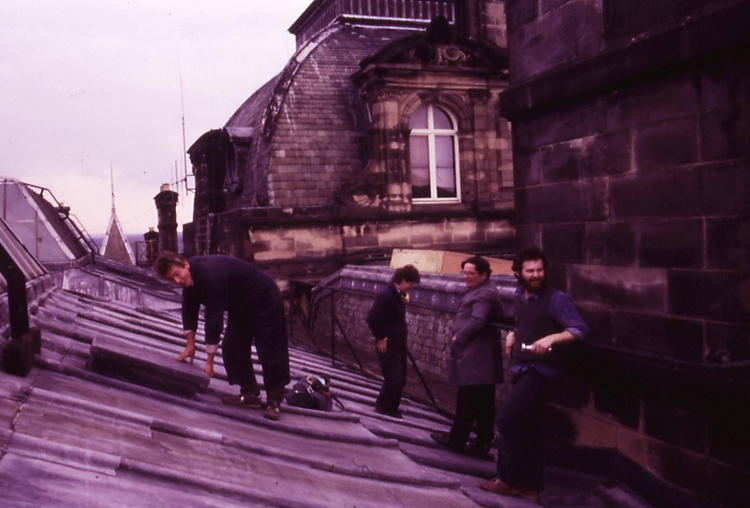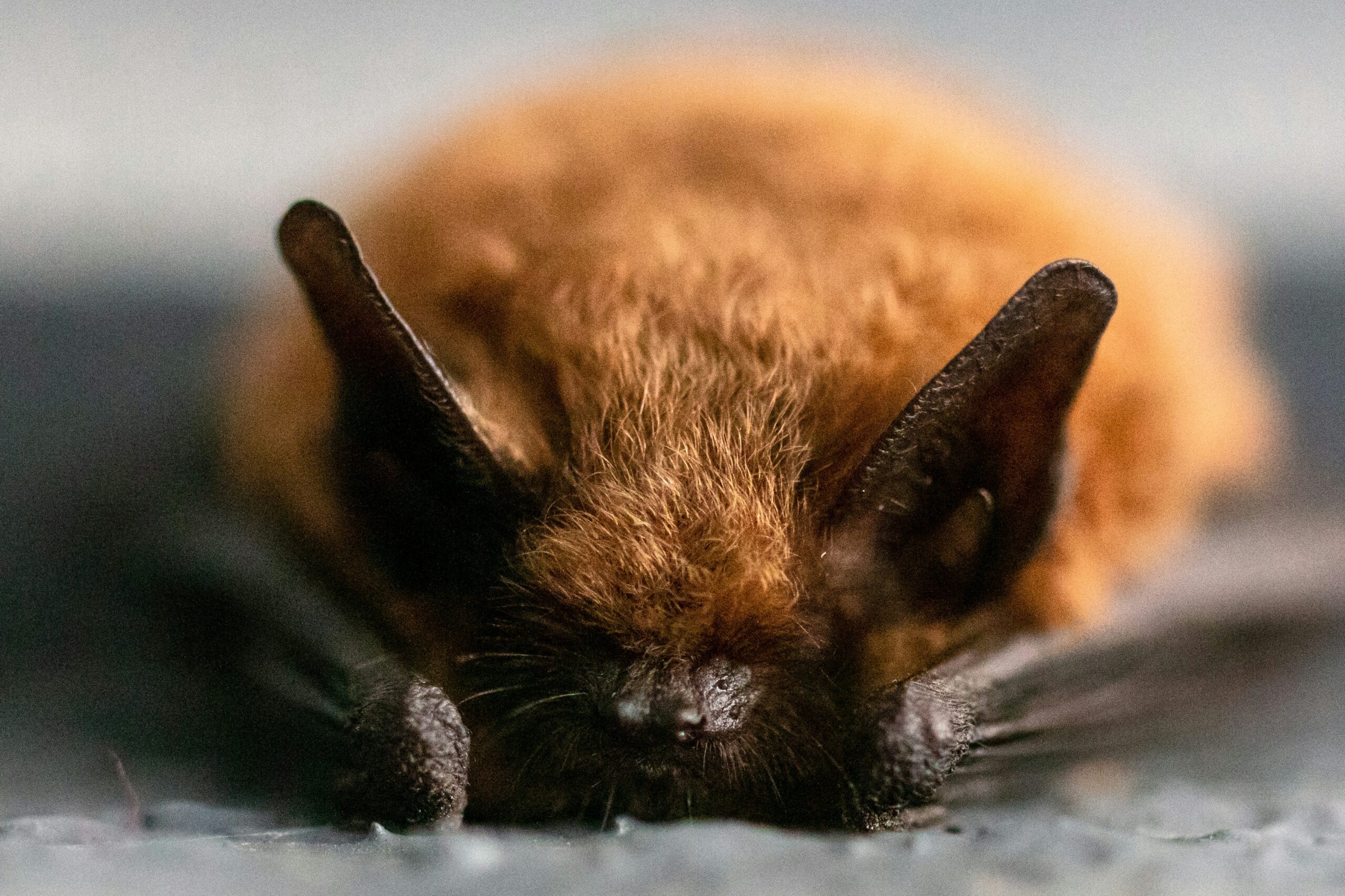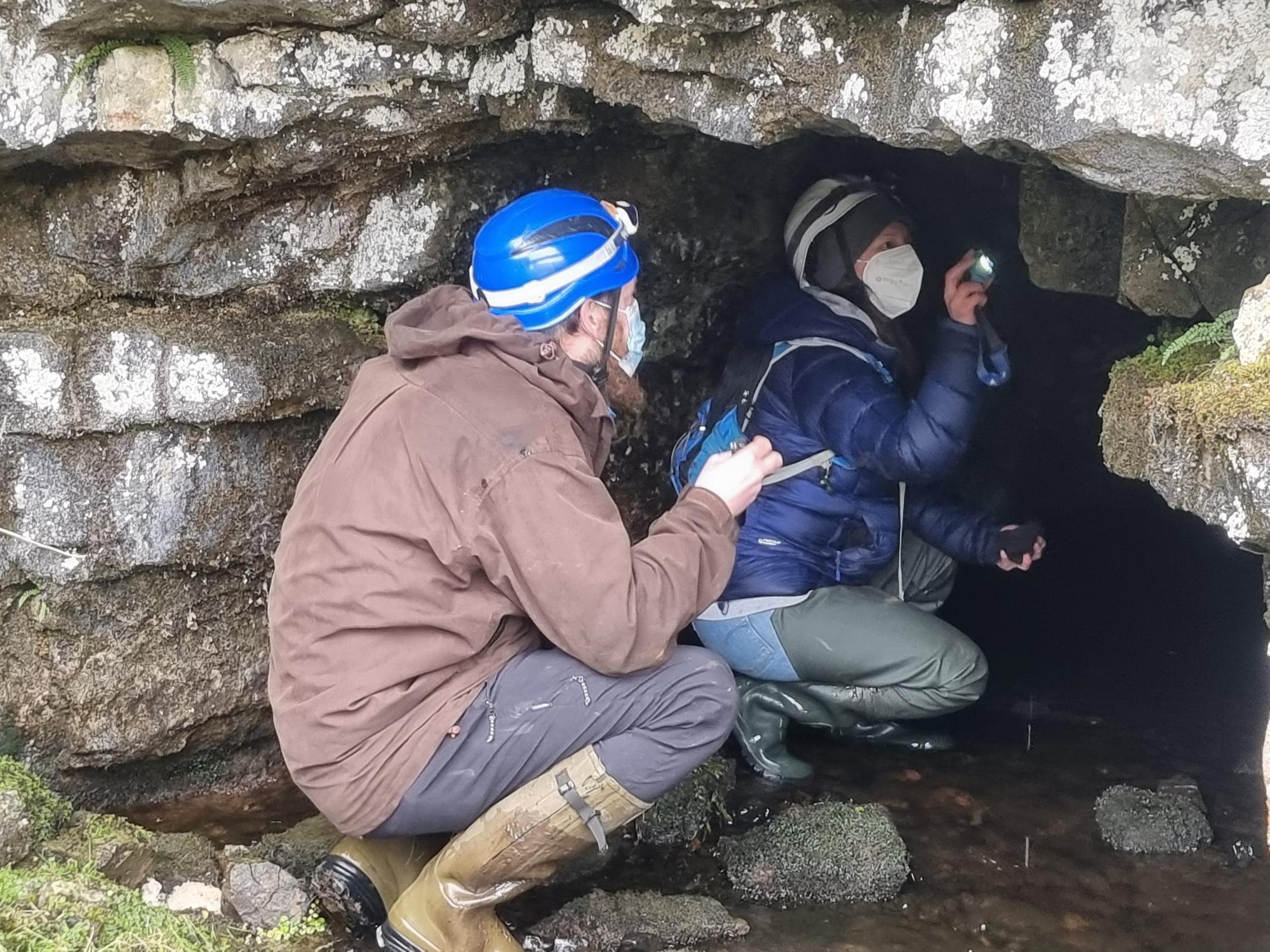By Ian Bond and taken from Ian’s blog https://ravenonthewing.com/2021/10/15/batman-forever/
I’d never been in a Spiritualist Church before and to be honest I was a little disappointed. I was expecting a big circular table, shrouds and bizarre occult paraphernalia. Instead there were “apple pie and motherhood” posters on the walls, doilies on the tables and the sort of weak tea that you only get in churches. Rather than relay any messages from the other side, the churchwarden merely asked if I wanted sugar in my tea and instead explained what she’d called me out for. It turned out that something was moving around in the church at night setting off the alarms. I’d have thought they would have been pleased! Instead they passed on the promotional opportunity and went for the more mundane explanation that the culprits were bats. As I clambered into the unlit attic and inched my way along, tapping my feet to feel for the joists under the insulation, I hoped that they were right.
I’ve been a guest in many people’s attics over the years. It’s just one of the very many odd situations that bat group members find themselves in and I have the privilege of being part of both one of the oldest and perhaps the newest, bat groups in Britain. Durham Bat Group, which incidentally must have the best logo of any organisation, bats or otherwise, thanks to the serendipitous combination of a World Heritage Site and a major bat roost, started in 1982 and was soon adding considerably to our knowledge of bats, “Up North”.

At the other end of the scale, Cleveland Bat Group only started as an independent group in 2019 but is already making new discoveries, most notably when a grounded Nathusius’ Pipistrelle turned up in the Station Hotel in Loftus at the same time as the group’s recorder, Les Bentley.

In common with dozens of other bat groups across the nation, we have been busy transforming the public image of bats from that of blind, blood-sucking, hair-tangling beasts of gothic nightmares to a more realistic appraisal of them as sentient, useful, fellow-mammals that could even be described as being cute (alright even I don’t think they all look cute but I get on a roll when I’m doing bat walks!) Bat walks are my favourite part of bat work. Bats always seem to draw a crowd, eager to know more about the little creature that flits briefly through their peripheral vision as they sit round the embers of the barbeque, then disappears back into the mysterious night. Invariably, bat walks are advertised by people who don’t know what time it gets dark, so while we wait for night to fall I get the children to “echolocate” at the top of their voices at church walls, whilst the adults wince at the story of how vampire bats win the title of the world’s most sociable mammals (the bats prize-winning performance being to “sick-up” their meals of blood for unrelated vampire bats, as opposed to the kin selection ethics that leave the rest of us social mammals scrabbling for the runners up spot.) On these occasions long-term captive bats are a life saver and my assistant for many years was “Dave the bat”, a common pipistrelle who made hundreds of converts merely by sitting on my hand eating mealworms. One little girl, smitten with this tiny ball of fur, cooed, “He looks just like a little teddy bear”; I must have plagiarised that PR phrase on every bat walk since.

I usually start bat talks by pointing out that we aren’t entirely sure how many species of bat are resident in Britain and don’t even know for sure how many there are in our own county. I recently saw a post on Facebook about there being 1400 bat species worldwide. When I started doing bat work that figure was 982. Admittedly the others haven’t all evolved in the intervening period but it does make you feel old. I joined Durham Bat Group around the time the Soprano and Common Pipistrelle were first being recognised as separate species but it was some years before I encountered a Soprano in the hand. I’d got a call to say that a bat had been found clinging to the inside of a toilet bowl. The owner of the house where the bat was found told me that it had spent two days down their toilet before they put it in a box and phoned someone for help (I guess they got to the point where they just couldn’t cross their legs any longer!) The Soprano, at least, made a full recovery.

These days, in my part of the bat world, our next questions to answer are; has Leisler’s slipped under the radar and colonised the North East; when we will find our first Alcathoe; and, might Barbastelle have somehow lingered on in some of our ancient wooded valleys? But bats don’t do things in order of probability; bats surprise you! Both groups have been involved in various types of bat survey but my favourite has got to be the “Bats and Roadside Mammals”, which BCT ran for a few years in the early 2000s. For the uninitiated this consisted of driving round country roads at 15mph in the middle of the night with a flashing, orange beacon on the roof; a bat detector, linked to GPS and a minidisk recorder, stuck out of a window and, our own slant, a spare volunteer clutching a heterodyne with frozen hand stuck out of another window. It was the best traffic control mechanism ever invented; no-one dared to get up even to 16mph to overtake us so we’d lead a slow conga of nervous motorists until we got to the next junction. It also proved to be an excellent way of finding bats, though the results for other mammals were less impressive. On the first survey we drove for an hour and a half around some of the most rural spots in East Durham and the only non-flying mammals that we encountered, alive or dead, were an escaped ferret and a bloke out walking his dog.
All bat workers will have their own stories about the strange places that bats turn up and the strange effects they can have on the people who find them, but the best story must surely go to one of Durham Bat Group’s founder members, Ted Welding. Ted had a call late one night from a distraught young woman who had found a bat flying around in her bedroom. She had no one to help her chase the bat out so, ever the gallant gentleman, Ted drove across the county and arrived in the insular, little mining village at one in the morning. All the curtains in the neighbourhood twitched as he knocked on the door. The young lady, still highly agitated opened the door dressed in her nightie. “Thank God you’ve come” she shrieked, “I can’t wait to get to bed!”




